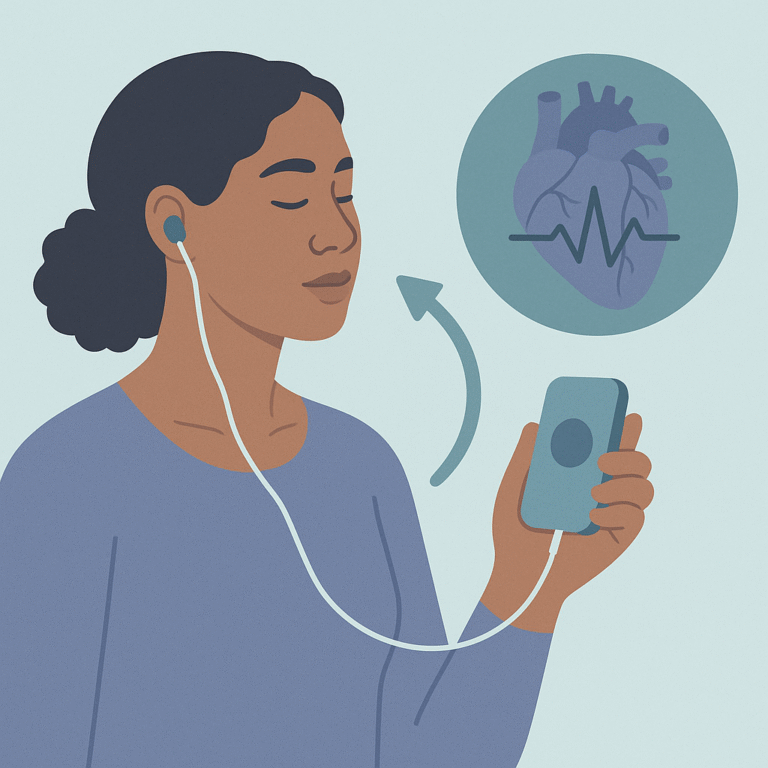New EEG Technology Shows High Specificity for Seizure Detection
Source: The Journal of emergency medicine
Summary
Researchers studied the effectiveness of a new device called point-of-care electroencephalogram (POC-EEG) in emergency departments and hospitals. They wanted to see how well this device could diagnose seizures compared to the traditional EEG method. The study included 13 diagnostic studies with 636 patients and one randomized controlled trial (RCT) with 149 patients, focusing on those who might be having seizures.
The key findings showed that POC-EEG has a sensitivity of 69%, meaning it correctly identifies about two-thirds of seizures, but it has a high specificity of 99%, which means it rarely gives false positives. In simpler terms, while POC-EEG can miss some seizures, when it says a seizure is happening, it is usually right. This suggests that while POC-EEG can be useful, it may not catch every seizure.
This research is important because it highlights the potential of POC-EEG to help doctors diagnose seizures more quickly in emergency situations. However, the study also points out that many of the included studies had a high risk of bias, which means the results might not be completely reliable. Therefore, while POC-EEG shows promise, more research is needed to confirm its effectiveness and improve its sensitivity for detecting seizures.
Free: Seizure First Aid Quick Guide (PDF)
Plus one plain-language weekly digest of new epilepsy research.
Unsubscribe anytime. No medical advice.





